Few condiments capture the brightness and freshness of summer quite like salsa made from ripe, juicy tomatoes. Whether spooned over tacos, scooped up with tortilla chips, or served as a topping for grilled meats, salsa is a staple in many households and cuisines.
Making salsa from fresh tomatoes is not only simple but also allows for incredible customization and flavor. In this guide, we’ll walk you through the process of making several types of tomato-based salsas, using easy-to-follow instructions and tips to ensure your salsa is bursting with flavor.
Few condiments capture the brightness and freshness of summer quite like salsa made from ripe, juicy tomatoes. Whether spooned over tacos, scooped up with tortilla chips, or served as a topping for grilled meats, salsa is a staple in many households and cuisines.
Making salsa from fresh tomatoes is not only simple but also allows for incredible customization and flavor. In this guide, we’ll walk you through the process of making several types of tomato-based salsas, using easy-to-follow instructions and tips to ensure your salsa is bursting with flavor.
Why Use Fresh Tomatoes?
Table of Contents
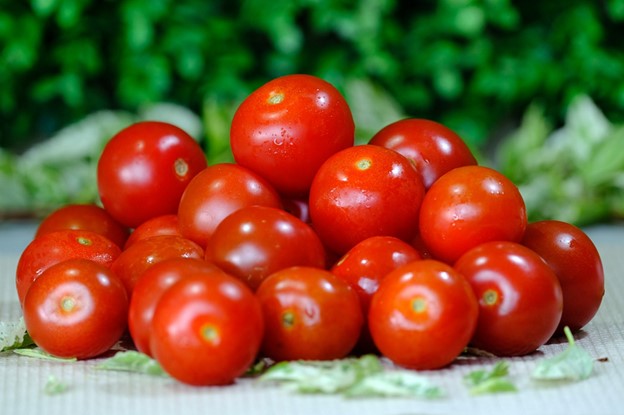
While canned tomatoes are convenient and great for cooked sauces, nothing beats the taste of fresh tomatoes when it comes to salsa.
Fresh tomatoes bring natural sweetness, acidity, and a vibrant texture that makes salsa refreshing and crave-worthy.
You can use any type of tomato, but plum or Roma tomatoes are especially popular due to their meatiness and lower water content, which helps avoid watery salsa.
Heirloom tomatoes can add unique flavor and color, while cherry tomatoes work well for a sweet, zesty twist. The key is to use ripe, juicy, and flavorful tomatoes—ideally sourced from a local farmer’s market or garden.
Common Ingredients for Fresh Tomato Salsa
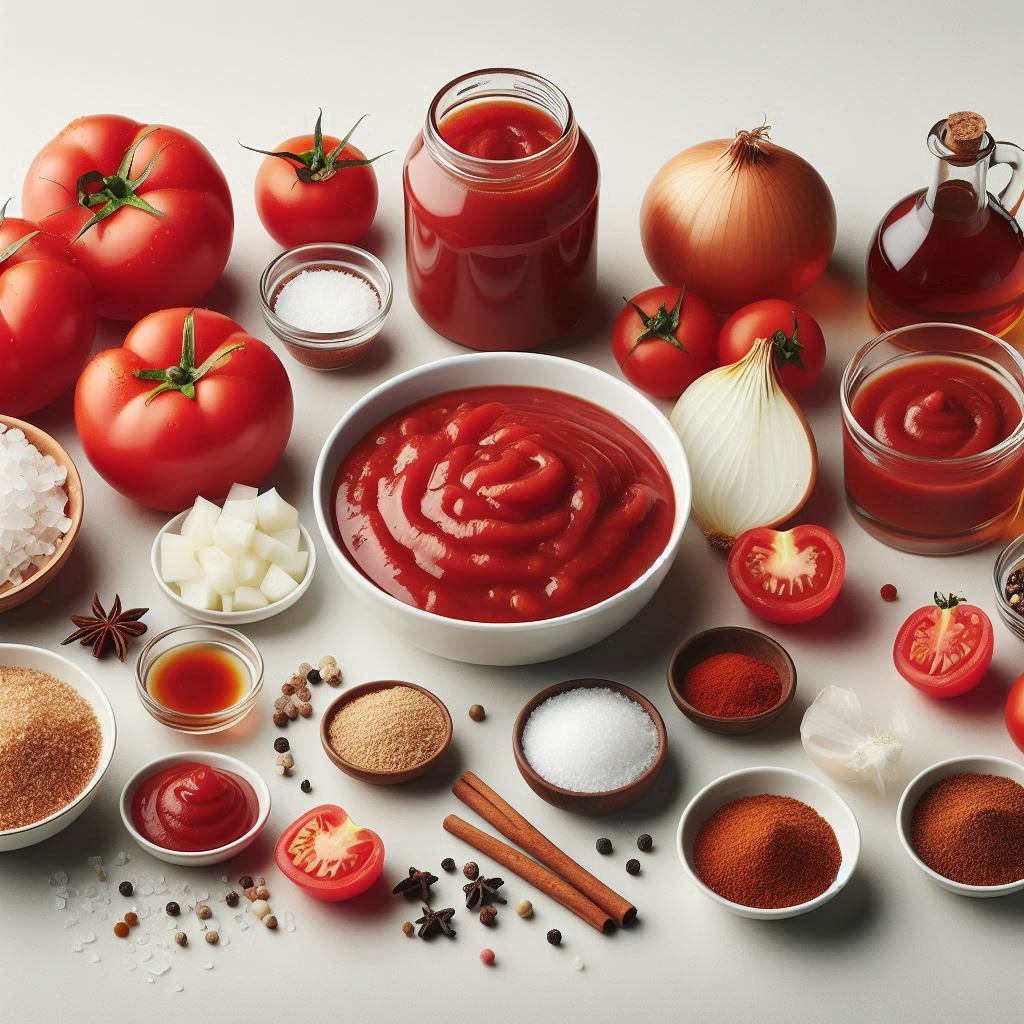
Before you dive into making salsa, it’s good to understand the typical ingredients that form the base of most recipes:
- Tomatoes – the star ingredient, ripe and juicy
- Onion – adds sharpness and body; red or white onions are both commonly used
- Chili peppers – jalapeños, serranos, or habaneros add heat
- Garlic – for depth and flavor
- Cilantro – provides a fresh, citrusy balance
- Lime juice – brightens and balances the acidity
- Salt enhances all the flavors
- Optional additions include cumin, vinegar, avocado, roasted corn, or even fruit like mango or pineapple for sweeter variations.
Preparation Steps Before Each Method
No matter which method you choose, start by washing all your vegetables thoroughly under running water. Remove any stems or bad spots from the tomatoes, peel the onion and garlic, and trim the chili peppers (you can remove seeds and ribs for a milder salsa).
Having your ingredients prepped and ready will make the process smoother and quicker.
Process To Make Tomato Salsa
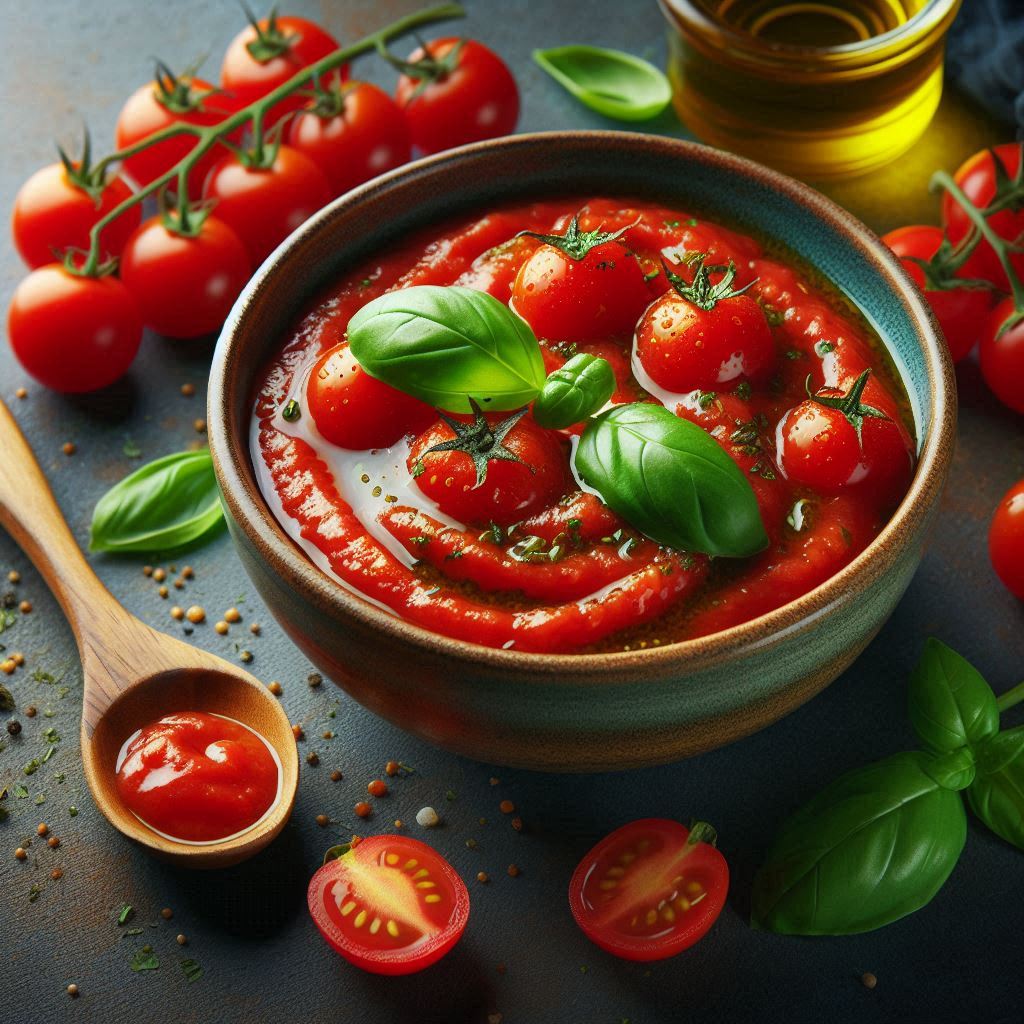
Now, follow the process given below to make Tomato Salsa.
1. Classic Raw Salsa (Pico de Gallo)
This method is quick and involves no cooking—just chopping, mixing, and letting the flavors mingle. Also known as “salsa fresca,” pico de gallo is chunky, crisp, and refreshingly bold.
Start by dicing your ingredients finely to ensure every bite contains a balanced mix of flavor. This salsa is all about texture and freshness, so uniform chopping is key.
Recipe
- Dice 4–5 medium tomatoes and place them in a large mixing bowl.
- Finely chop 1 small white or red onion and add to the bowl.
- Seed and mince 1–2 jalapeño peppers, depending on your heat preference.
- Mince 2 garlic cloves and finely chop a generous handful of fresh cilantro.
- Add everything to the bowl and mix well.
- Squeeze the juice of one lime over the mixture and add 1/2 to 1 teaspoon of salt to taste.
- Let the salsa sit at room temperature for 15–20 minutes to let the flavors meld.
- Best For -Topping tacos, mixing with scrambled eggs, or serving alongside grilled meats.
2. Roasted Tomato Salsa

Roasting transforms the flavor of the ingredients, adding smokiness, sweetness, and depth. This method is ideal when you’re looking for a slightly more robust salsa with richer tones.
Instructions:
Preheat your oven to 400°F (200°C), or use a grill or stovetop pan to char the vegetables. Halve your tomatoes and arrange them cut-side down along with peeled garlic, quartered onion, and whole chili peppers.
Recipe
- Roast 4–5 halved tomatoes, 1 quartered onion, 2 whole garlic cloves, and 1–2 jalapeños on a baking sheet lined with foil for 20–25 minutes.
- Once roasted and slightly charred, let the vegetables cool for a few minutes.
- Optional – Peel the tomato skins for a smoother texture.
- Add the roasted ingredients to a blender or food processor.
- Toss in a handful of cilantro, the juice of one lime, and salt to taste.
- Pulse until you reach the desired consistency—smooth or chunky.
- Taste and adjust seasoning if needed.
- Best For – Pairing with grilled meats, serving with hearty tortilla chips, or spooning over enchiladas.
3. Blended Fresh Salsa (Salsa Cruda)
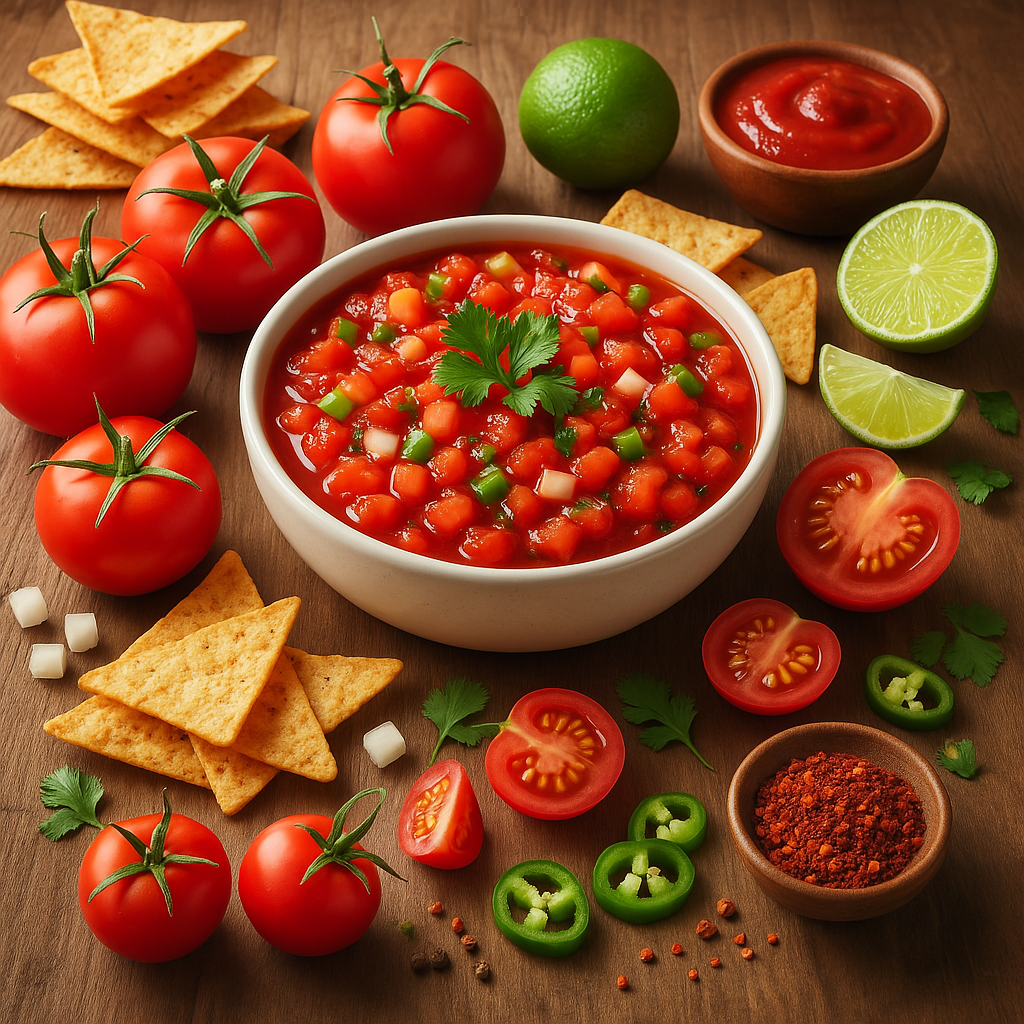
This method is perfect for a smooth, cohesive salsa that’s still raw but blended for a more sauce-like texture. Great for those who love dipping or drizzling salsa on dishes.
Instructions:
Roughly chop all your ingredients before blending to ensure even processing. Remove seeds from the chili peppers if you want a milder salsa.
Recipe:
- Roughly chop 4–5 medium tomatoes, 1 small onion, and 1–2 jalapeños.
- Add the chopped vegetables to a blender along with 2 garlic cloves and a handful of fresh cilantro.
- Squeeze in the juice of one lime and add a pinch or two of salt.
- Blend until smooth or to your desired consistency.
- Taste and adjust with more lime, salt, or cilantro as needed.
- Let the salsa sit in the refrigerator for 15–30 minutes to develop flavor.
- Best For topping rice bowls, spooning over grilled vegetables, or serving as a restaurant-style salsa with chips.
Optional Variations and Add-Ins
Once you’ve mastered the basics, consider these variations to personalize your salsa:
- Fruit Salsa – Add diced mango, pineapple, or peach for sweetness.
- Avocado Salsa – Mix in diced avocado for creaminess (best added just before serving).
- Corn and Black Bean Salsa – A hearty version perfect as a side salad.
- Spices – Add cumin, smoked paprika, or chipotle powder for depth.
Storage and Serving Tips
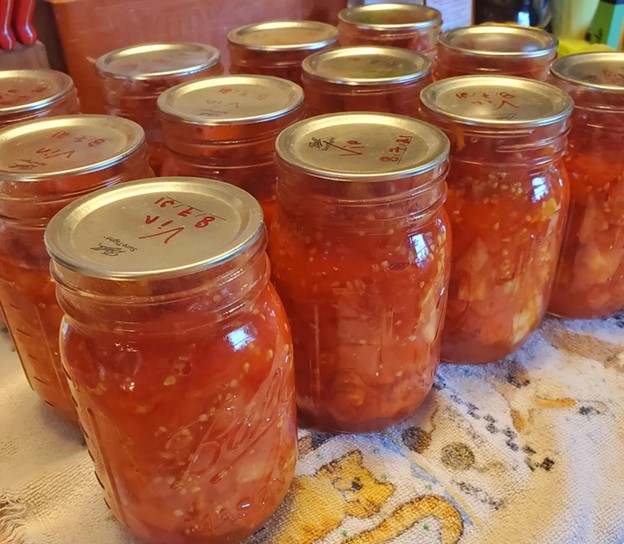
Refrigeration – Store fresh salsa in an airtight container in the refrigerator. Raw salsas last up to 3 days, while roasted or blended varieties can last 4–5 days.
Freezing – Blended salsa can be frozen for up to 3 months, though it may lose some texture upon thawing.
Serving – Chilled or at room temperature for optimal flavor. Garnish with extra cilantro or a lime wedge.
Cultural Significance of Salsa
Salsa, meaning “sauce” in Spanish, is deeply rooted in Mexican cuisine. Its origins trace back to ancient Aztec, Inca, and Mayan cultures, where combinations of tomatoes, chilies, and ground squash seeds were staples.
Today, salsa has evolved to become a global phenomenon, adapted in endless forms across kitchens worldwide.
While this guide focuses on tomato-based salsas, keep in mind that salsa comes in many forms—verde (green), ranchera, taquera, and more, each with its own story, ingredients, and culinary purpose.
Final Thoughts
Making salsa with fresh tomatoes is an easy and satisfying way to elevate any meal. Whether you prefer the bright crunch of pico de gallo, the smoky depth of roasted salsa, or the smooth texture of a blended version, the beauty of salsa lies in its versatility. Experiment with different tomatoes, chilies, and herbs to discover your favorite combination.
Once you start making your own salsa, you’ll never look back. It’s fresher, healthier, and infinitely tastier than most store-bought versions—and best of all, you can make it exactly how you like it.
Leave a Reply